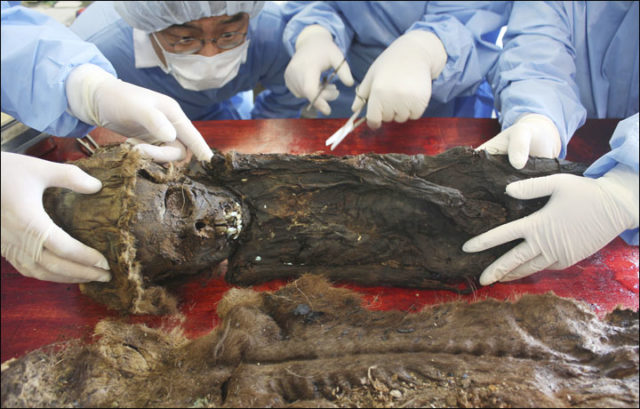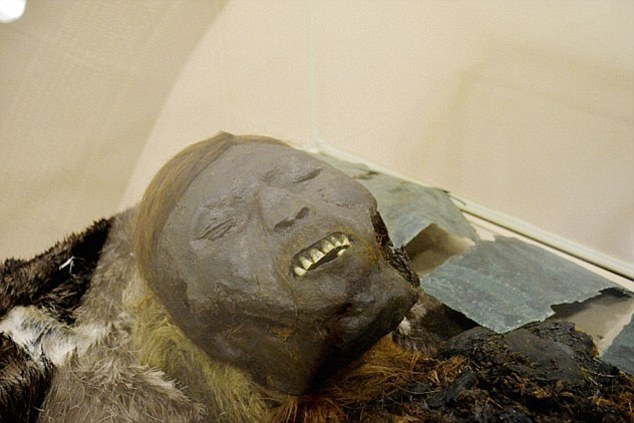Despite having an eerie tone, the 800-year-old mummy of a young boy is expected to reveal some of the hidden secrets of the civilizations which inhabited the Arctic hundreds of years ago.
The body of the child was naturally mummified, meaning it was preserved under freezing cold temperatures. Unlike the artificial mummies found in Egypt and some other places, the child’s mummified corpse has all his internal organs very well preserved due to the Arctic conditions.
The corpse has now become the focal point of an extensive study that aims to learn about the living conditions of these vanished civilizations.
The aim is to create a web of information about the different aspects of the lifestyle of the boy, such as how he lived and what sorts of foods he ate. ‘For example, this year were found the remains of a young man with a mummified pelvis,’ he told The Siberian Times.
Speaking about the ongoing research on the Siberian boy’s remains, Russian expert Dr. Sergey Slepchenko explained that during the initial stages of the analysis the internal organs and various tissues of the body will be examined.

Dr. Slepchenko expounded that the goal of the researchers is to discover the circumstances surrounding the boy’s death, although he admitted that the odds are not in favor of that.
The boy was believed to be around six or seven at the time of his death, when his body was preserved encased in birch bark with copper. The mummy was discovered in an ancient crypt on the Arctic circle, not far from the town of Salekhard.
The researchers are now in the process of establishing the DNA profile of the boy; in the subsequent stages, the DNA of the mummy will be compared against samples gathered from the modern-day inhabitants of Siberia, preferably those with native ancestry. The researchers are hoping to identify any living descendants of the medieval boy.
Ever since the discovery of the Siberian mummy, there have been speculations about his origins.
Researchers have found some other artifacts not far from the discovery site that suggested that the people who lived in Siberia during this period had links with Persian civilization, some 3,700 miles to the south.
The body of the boy is nearly perfectly preserved; however, the face has been partially eaten away. A computer tomography will help reconstruct the facial features of the boy, thus shedding more light on his ancestry.
However, the real clue lies in the DNA, which could reveal a whole host of information about the lives of these mysterious peoples.
